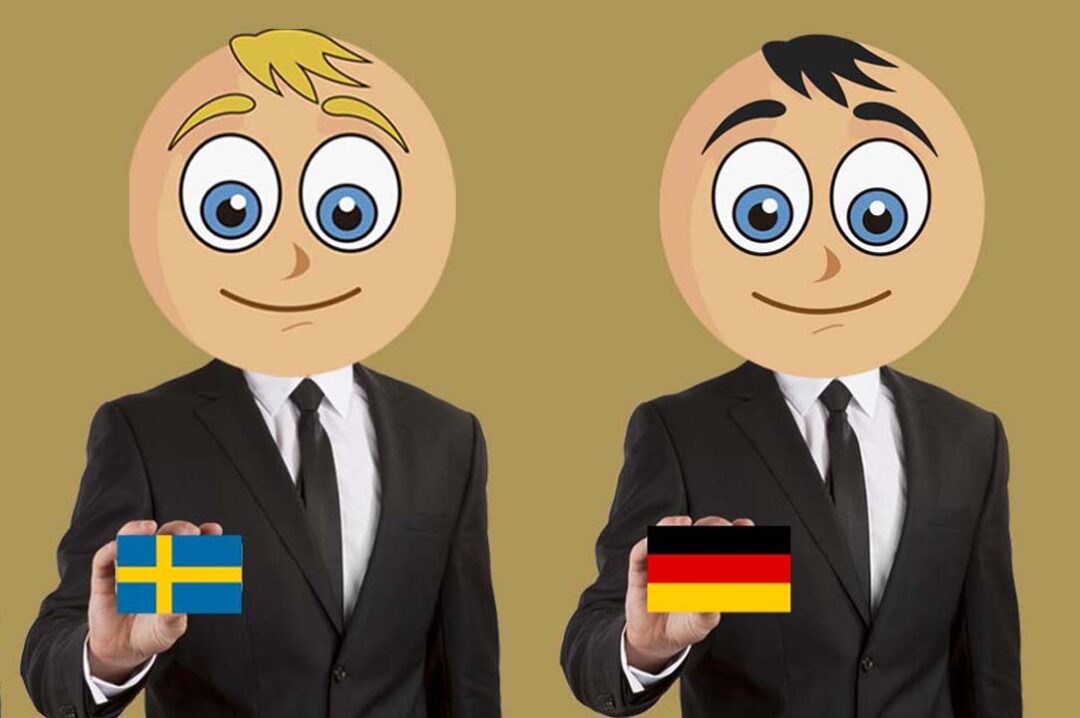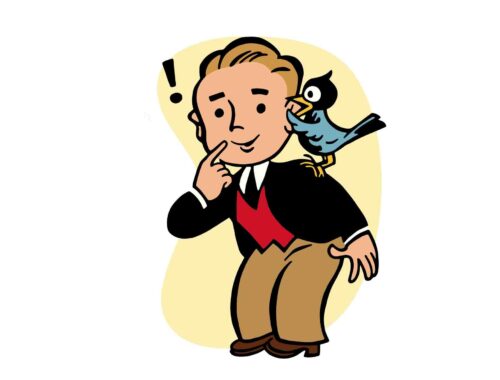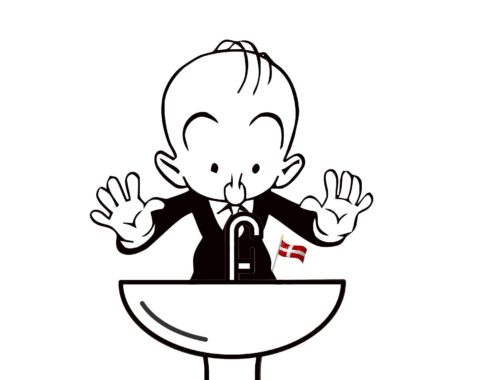When I first arrived in Denmark, it was common to attend a meeting in which Danes, Norwegians, and Swedes would each speak their own language and simply assume everyone else understood.
It was a proud expression of Scandinavian solidarity.
Unfortunately it never worked very well, and everybody ended up understanding roughly 80% of what was being said. In particular, the Swedes and Norwegians struggled to puzzle out spoken Danish.
These days, the addition of other internationals to meetings means these inter-Scandinavian conversations are now conducted in English, to just about everyone’s relief.
Norway: The poor kid is now rich
Many Danish companies co-operate extensively with their fellow Scandinavians in Sweden and Norway. The airline Scandinavian Air Services (SAS) flies with all three national flags on its planes, even though the Norwegian state sold its shares in the airline in 2018.
The Norwegian state is mighty and very rich. Norway was once the poor kid on the block, but after the discovery of North Sea oil, it became the neighborhood rich kid and in fact one of the richest countries in the world.

Many Danes go to Norway for work, in particular Danish healthcare workers, who can pocket hefty paychecks for a few weeks assisting patients in one of Norway’s remote villages.
Norway was part of Denmark for three centuries and its Royal Family is made up of leftover Danish Royals. In international sports competitions, Norway and Denmark are happy to cheer for each other once their own teams are eliminated.
Neither is likely to cheer for Sweden, which is often seen as the stiff, domineering big brother country that wants to tell everyone else what to do.
Sweden: Shocked at Danish directness
Sweden is indeed bigger, with a larger population and internationally-famous companies like IKEA and H&M. But many Swedes work in Denmark, particularly in Copenhagen, where they can commute to work over the Øresund Bridge.
In recent years, the Danish krone has been stronger than its Swedish counterpart, which means that a Danish salary can feel generous to someone who lives and pays their bills in Sweden.
Swedish and Danish working styles are different. Swedes tend to be much more formal than Danes – Swedish bosses certainly expect more deference than Danish ones do – and Swedes can be shocked at Danish directness.
The Swedish way is to dance around uncomfortable topics and blame any mistakes on a misguided consensus decision. Swedes spend much more time and effort trying to reach a consensus than Danes do, and once a consensus decision is reached, the team generally sticks to it.
Danes, on the other hand, will toss out a carefully-crafted group decision if conditions change or if they find something they think is better. This alarms Swedes.
Politeness and poise are valued in Sweden in a way they are not valued in Denmark, which is why Swedes often perceive Danes as irresponsible, unreliable, and sometimes rude.
Finns are serious people
Sometimes regional co-operation includes Finland and Iceland, which, in addition to the three Scandinavian countries, make up the Nordic region.
Finns are not Scandinavian and Finland’s business cooperation with Denmark has had its ups and downs. The Finns are serious people, and the Danes are a bit more flexible (from the Danish point of view) or flaky (from the Finnish point of view.)
I was once part of a huge IT migration from a Finnish system to a Danish one that led to bad feelings on both sides. The Danes assumed they would sort out any problems as they went along, while the Finns expected a system that worked seamlessly from Day One.
Germany: Tough history, cheerful present
Denmark’s most important working relationship, however, is with its largest import and export partner: Germany.
Germany and Denmark have come to blows several times over the centuries, most recently during World War II, when Denmark was occupied by the Nazi army for five years. Older Danes put a candle in the window on the evening of May 4 to commemorate the occupation’s end in 1945.
But there is surprisingly little rancor about this bloody history, and almost none expressed against contemporary Germans. Many Danish children choose to learn German in school, and Berlin and Munich are popular vacation destinations.
Some trips are shorter: Danes love to drive across the border at Flensburg and get cut-rate beer and cigarettes in Germany.
A new underwater tunnel is being built between southern Denmark and northern Germany, which should bring the two countries even closer.
Structure and hierarchy
When it comes to working culture, Germans tend to be more structured than Danes. If there are ten steps to a working process, the Germans will want to carefully do each of them, while the Danes will merrily skip over the ones that don’t offer an immediate payoff.
Danes have a relaxed nature which Germans appreciate in some contexts – they love to spend summers in Denmark, soaking up the sun on windy Danish beaches – but which also exasperates them when they want to get down to serious business.
One German entrepreneur I met in Denmark told me he had given up on hiring young Danes; according to him, they weren’t always willing to show up for early-morning shifts, particularly on weekends. He blamed the Danish social welfare system for making them “too soft” and hired international students in Denmark instead.
Germans also tend to have more respect for hierarchy and titles than the Danes do. In Denmark, even medical doctors don’t use “Dr.” in front of their names, but only a fool would get between a German and their beloved “Doktor” title, whether the degree is in podiatry or poetry.
I’m sharing a few excerpts from my book How to Work in Denmark: Updated Edition, which will be published later in 2022. Here is one of them.




